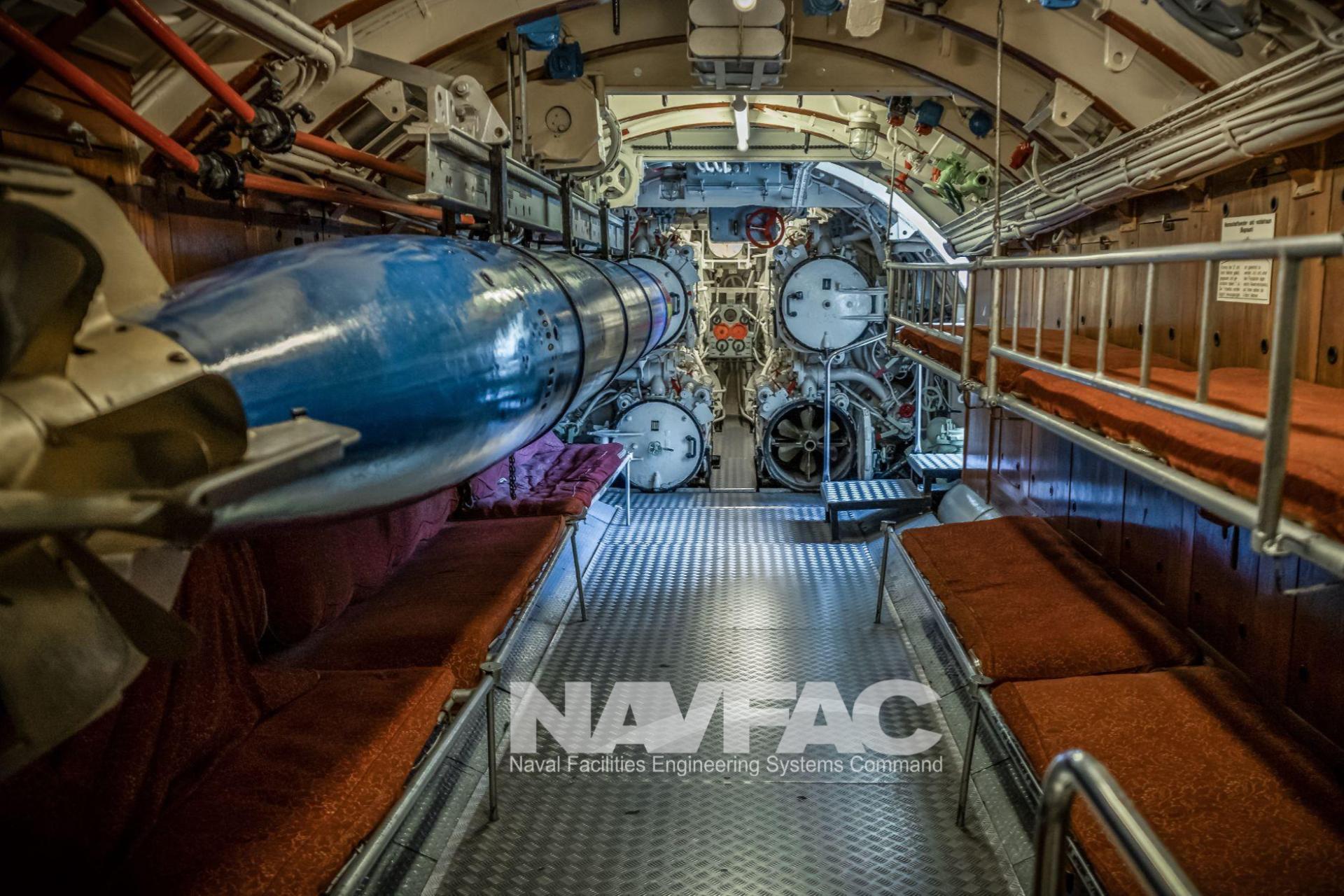HLS.Today – Naval Facilities Engineering Systems Command (NAVFAC) Pacific has given Honolulu, Hawaii-based Dragados/Hawaiian Dredging/Orion JV a previously executed indefinite delivery/indefinite quantity construction contract to replace him. Won contracts worth US$2.8 billion under multiple awards. At Pearl Harbor Naval Shipyard and Interim Maintenance Facility (PHNSY & IMF) he March 10th.
The proposed five-year project will build Grave Dock, designated Drydock 5, and maintain and modernize the U.S. Pacific Fleet’s nuclear submarines, thereby enhancing PHNSY’s ability to serve the Navy for decades to come.
Key features of a Naval Shipyard for Nuclear Submarines
- Dry docks: A naval shipyard for nuclear submarines must have dry docks large enough to accommodate the submarines for maintenance, repair, and overhaul. The dry docks must be equipped with cranes, lifts, and other machinery to handle the submarines.
- Radiation shielding: Due to the nature of nuclear submarines, a shipyard must have radiation shielding in place to protect workers from radiation exposure during maintenance and repair work. The shipyard should have appropriate equipment and personnel trained to handle radioactive materials.
- High-security perimeter: A naval shipyard for nuclear submarines must have a high-security perimeter to prevent unauthorized access and ensure the security of the submarines. This includes security measures such as fences, gates, cameras, and security personnel.
- Testing facilities: A naval shipyard for nuclear submarines should have testing facilities for various systems on the submarines, such as propulsion, electrical, and weapons systems. These facilities allow for testing and troubleshooting before the submarine is returned to service.
- Skilled workforce: A highly skilled workforce is essential for a naval shipyard for nuclear submarines. Workers must have specialized training and experience in nuclear submarine maintenance, repair, and overhaul.
- Environmental controls: Due to the potential for environmental damage from nuclear submarines, a naval shipyard must have robust environmental controls in place. This includes measures such as wastewater treatment, air pollution controls, and hazardous waste management.
- Research and development capabilities: A naval shipyard for nuclear submarines should have research and development capabilities to stay up-to-date with the latest technology and to develop new systems and components for the submarines. This includes facilities for testing and evaluating new technologies and materials.
“As part of the Navy’s Shipyard Infrastructure Optimization Program (SIOP), replacing Dry Dock 3 at Pearl Harbor Naval Shipyard is a critical enabler of increased naval capability,” said Pete Lynch, program executive officer for Industrial Infrastructure, who oversees SIOP. “This project is a key investment in increasing capacity and modernizing our nation’s public shipyards through upgraded dry docks and facilities, new equipment, and improved workflow.”
Dry Dock 3 at PHNSY & IMF will become functionally obsolete once the Navy’s Los Angeles-class submarines are no longer in service. The dry dock, built in 1942, cannot service Virginia-class submarines or larger surface ships.
“We look forward to working with Dragados/Hawaiian Dredging/Orion JV, Pearl Harbor Naval Shipyard, and all our stakeholders on this project over the next several years in order to deliver this critical capability to the Fleet,” said Capt. Steve Padhi, commanding officer of Officer in Charge of Construction (OICC) Pearl Harbor Naval Shipyard. “The project team and cooperating agencies have gone above and beyond to set the conditions for success. We have incorporated lessons learned and best practices from other dry dock projects and field offices across the Navy, and we have consulted with our construction contractors early in order to confidently meet the requirements we’ve been given. My OICC team and I are ready to get started on this historic effort.”
The Navy is investing heavily in shipyard infrastructure for nuclear-powered warships. The Navy established SIOP to increase throughput at the four public shipyards by updating their physical layout, upgrading and modernizing their dry docks, and replacing antiquated capital equipment with modern tools and technologies.
SIOP is a holistic investment plan that when fully executed will deliver required dry dock repairs and upgrades to support current and planned future classes of nuclear-powered aircraft carriers and submarines, optimize workflow within the shipyards through significant changes to their physical layout, and recapitalize industrial plant equipment with modern technology that will substantially increase productivity and safety.
HLS.Today Source: NAVSEA.NAV.MIL







